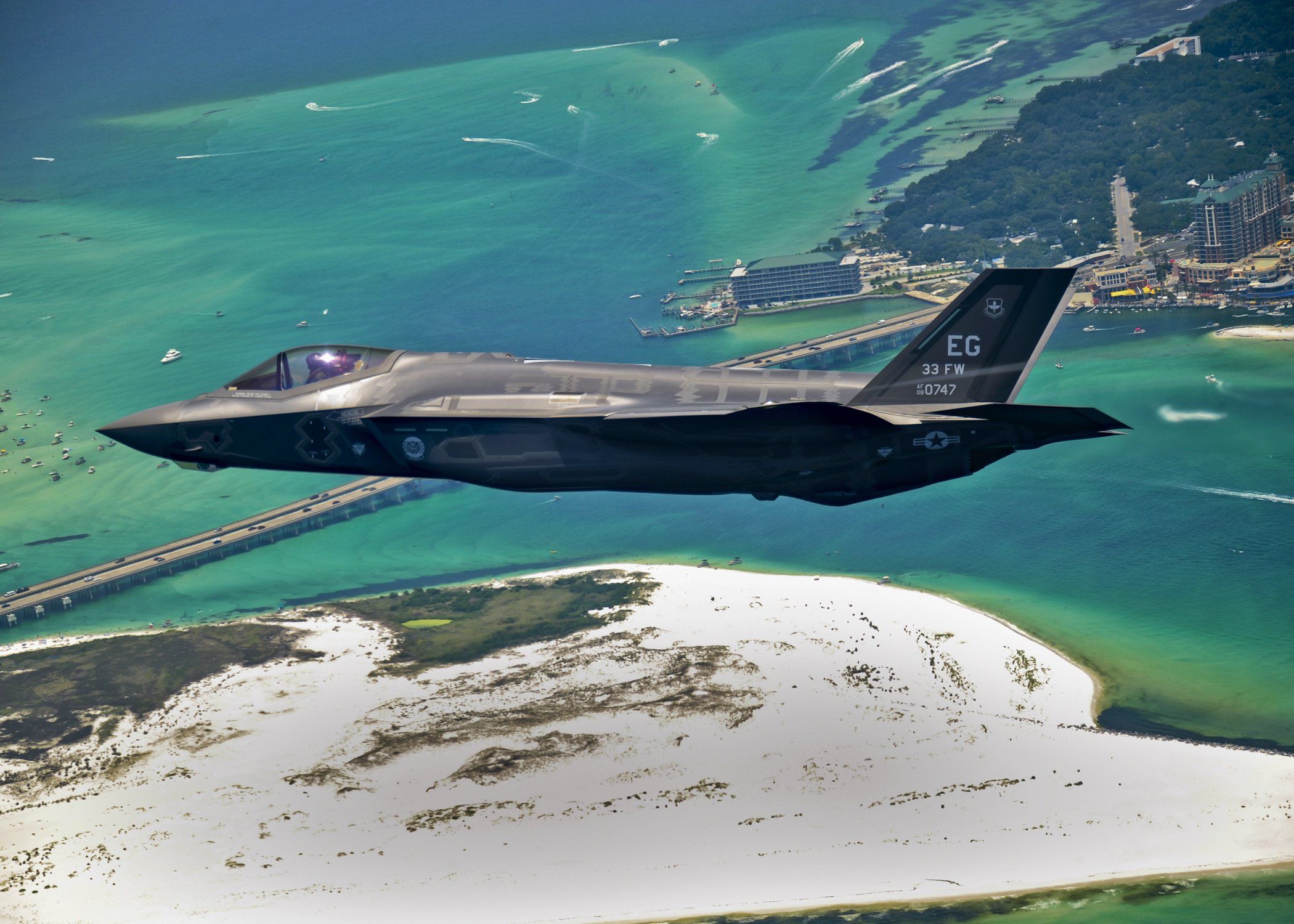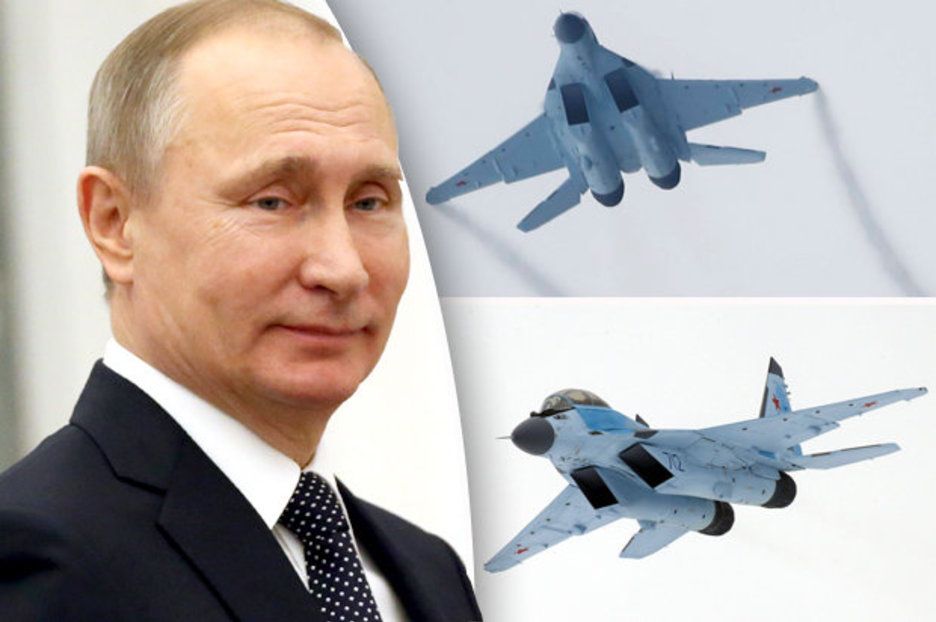This post is also available in:  עברית (Hebrew)
עברית (Hebrew)
Several fighter jet models will soon use artificial intelligence to control nearby UAVs that will be able to carry weapons, test enemy air defenses or perform intelligence, surveillance and reconnaissance missions in high-risk areas, Senior US Air Force officials said recently.
US Air Force Chief Scientist Gregory Zacharias said that much higher degrees of autonomy and manned-unmanned teaming are expected to emerge in the near future from work at the Air Force Research Lab. “This involves an attempt to have another platform fly alongside a human, perhaps serving as a weapons truck” Zacharias told DefenseSystems.com.




 עברית (Hebrew)
עברית (Hebrew)



